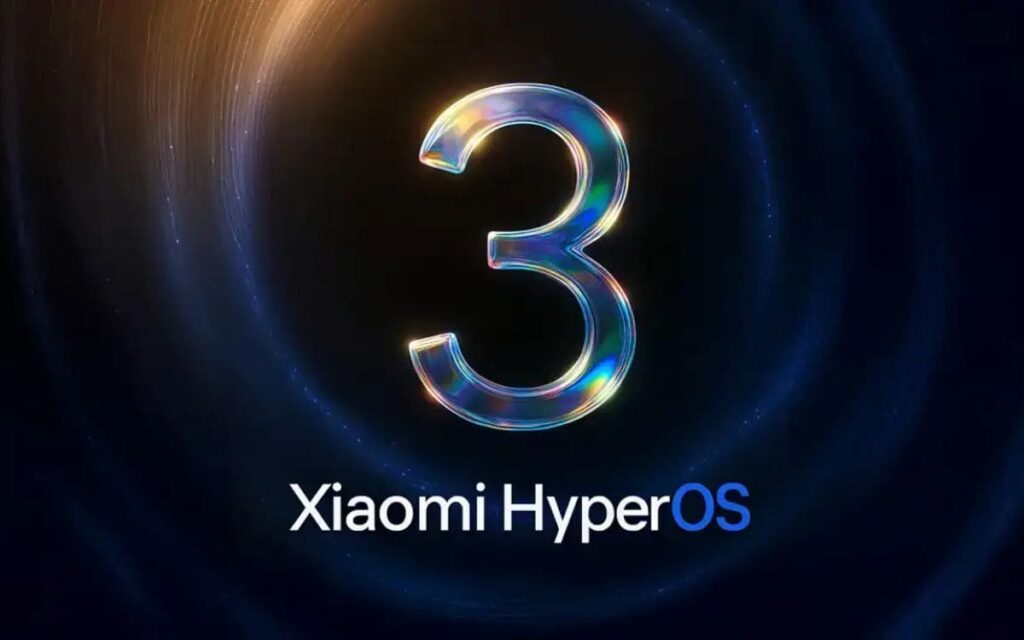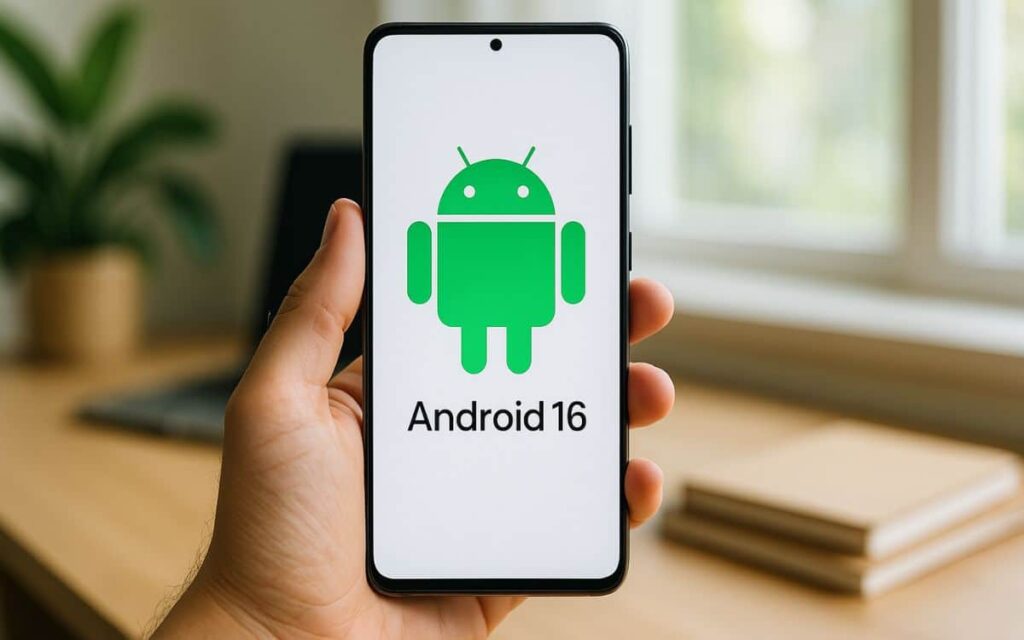Since its launch, users have reported bugs with iMessage, Apple’s proprietary messaging service. But don’t worry, the Cupertino company knows where the problem lies, and there is a solution.
iOS 26 has been available for several weeks, but naturally, with such a widespread deployment, the initial bugs that went unnoticed during the beta phases are surfacing. Fortunately, there are fixes like iOS 26.0.1, but unfortunately, some issues remain.
How to Fix the Bug of iMessage Not Sending on iOS 26?
Among the issues, there is the inability to send messages via iMessage. More specifically, the messaging service sends RCS messages (in green) instead of Apple’s proprietary iMessage protocol (in blue). While this isn’t a major problem, for many, using iMessage enhances the experience with numerous features and handy tools. In short, it’s a somewhat bothersome situation for iOS 26 users, especially as some complain about the Liquid Glass design and cannot even revert.
Apple explains that this issue is caused by a SIM card conflict. When iOS 26 is installed, the iPhone mistakenly detects two distinct SIM cards—one in regular use and another inactive. When both SIMs share the same phone number, whether physical or virtual, iMessage stops functioning.
Fortunately, the solution to end this problem is quite simple. Apple has provided clear instructions to resolve this bug regarding SIM cards. All that’s needed is to follow the steps outlined by the Cupertino firm.
Here’s how to fix the bug of messages not sending via iMessage on iOS 26:
- Open the Settings app.
- Go to Cellular Data.
- Check if two lines/SIMs appear.
- If so, identify the inactive SIM and delete it. If it’s a physical SIM, eject it from the phone.
- Return to Settings and open Apps.
- Go to Messages > Send & Receive.
- Select your phone number.




